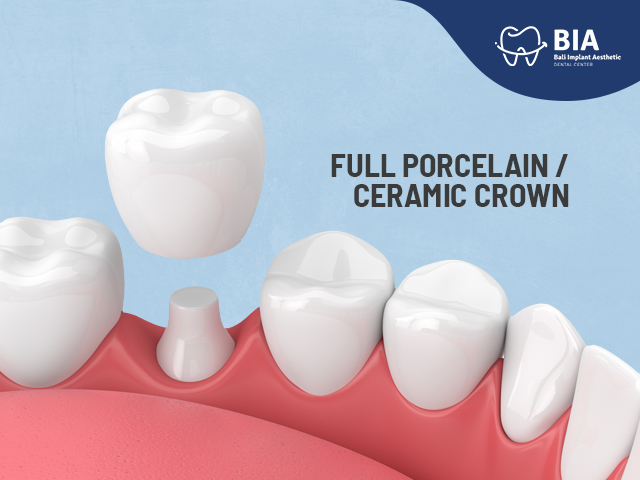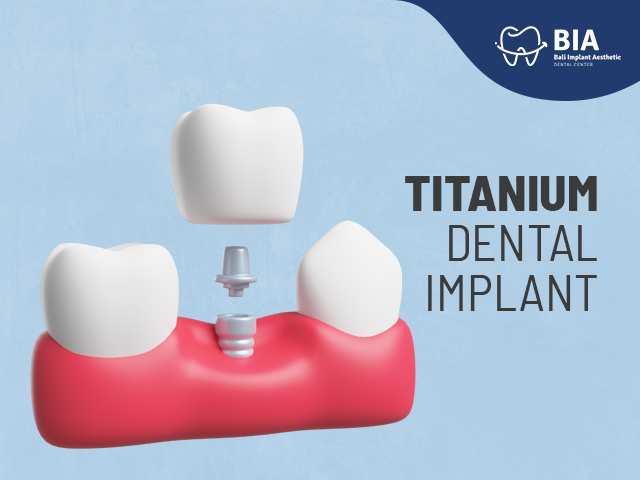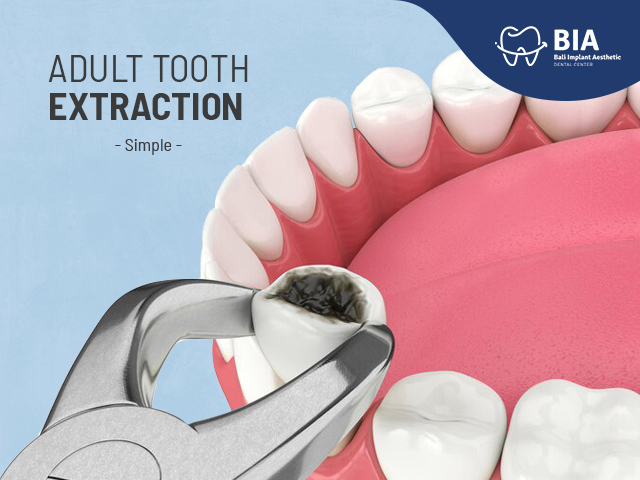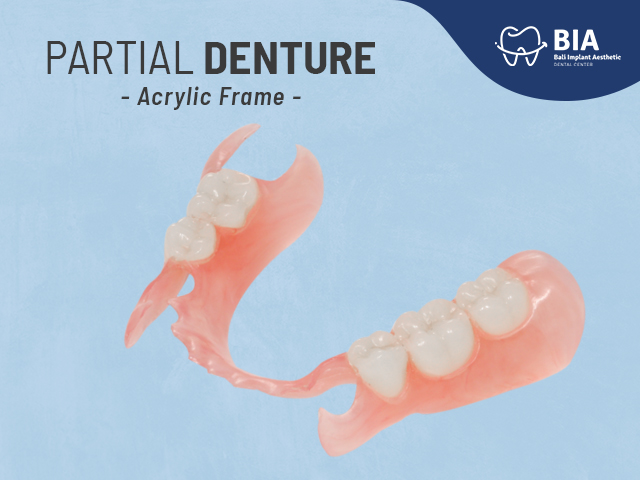Mouth Breathing, Malocclusion & the Restoration of Nasal Breathing: Why It Matters
Article | 2025-08-06 02:08:56
Home » Articles » Mouth Breathing, Malocclusion & the Restoration of Nasal Breathing: Why It Matters
Mouth Breathing, Malocclusion & the Restoration of Nasal Breathing: Why It Matters
Breathing is one of the most fundamental functions of life—but how we breathe can have a profound impact on our health. Breathing through the mouth instead of the nose, especially when it becomes a chronic habit, can lead to a host of issues ranging from dental misalignment to facial development problems and poor sleep quality. In this article, we’ll explore the link between mouth breathing, malocclusion (misaligned teeth and jaw), and the restoration of nasal breathing as a path to better health and facial harmony.
What Is Mouth Breathing?
Mouth breathing occurs when someone habitually breathes through their mouth rather than their nose—during the day, while sleeping, or both. While occasional mouth breathing (like during a cold or sinus congestion) is normal, chronic mouth breathing can negatively affect facial growth, oral health, and overall wellbeing—particularly in growing children.
Common signs include:
Lips that stay open at rest
Dry or cracked lips
Bad breath
Snoring or sleep apnea
Long or narrow face shape
How Mouth Breathing Affects Dental and Facial Development
Chronic mouth breathing can lead to or worsen malocclusion, including:
Protruding front teeth
Retruded lower jaw
Open bite (where the front teeth don't touch)
Crowded or crooked teeth
It also affects facial structure. Many mouth breathers develop what's known as a “long face syndrome”—a condition where the face becomes elongated, the palate narrows, and the chin appears underdeveloped. This occurs because the muscles of the face, tongue, and jaw are not functioning optimally due to poor breathing posture.
Why Nasal Breathing Is So Important
Nasal breathing is the body’s natural and optimal way to breathe. It:
Filters and humidifies the air we breathe
Enhances oxygen absorption into the bloodstream
Promotes healthy jaw and palate development
Supports proper tongue posture and facial balance
When we stop using the nose to breathe, we disrupt not just airflow, but the entire oral and facial development system.
How to Restore Nasal Breathing
Restoring nasal breathing is more than simply “keeping your mouth closed.” It requires identifying and addressing the root cause of the problem, often with a multidisciplinary approach involving medical and dental professionals.
1. Medical Evaluation (ENT)
A visit to an Ear-Nose-Throat (ENT) specialist is often the first step to rule out:
Enlarged tonsils or adenoids
Deviated nasal septum
Chronic allergies or sinus blockages
2. Orthodontic Treatment
If malocclusion has developed, orthodontists can:
Correct jaw and teeth alignment
Expand a narrow palate to open the airway
Improve nasal airflow through orthopedic changes
3. Myofunctional Therapy
This involves exercises that train the tongue, lips, and facial muscles to:
Achieve proper tongue posture
Keep the mouth closed at rest
Re-establish nasal breathing habits
4. Breathing Retraining
Techniques like the Buteyko Method or other breathwork therapies help patients consciously re-learn how to breathe gently and efficiently through the nose, even during sleep.
When Should You Start? The Sooner, the Better
Early intervention is critical—especially in children, where the face and jaw are still growing. The earlier mouth breathing is identified and addressed, the greater the chance of preventing long-term problems with dental alignment, facial development, and sleep health.
Final Thoughts
Healthy breathing starts with the nose. Chronic mouth breathing isn’t just a cosmetic or dental issue—it’s a whole-body health concern. By identifying the underlying causes and working with the right professionals, you can restore proper nasal function and prevent future complications.
If you or your child shows signs of habitual mouth breathing, don’t wait. A small change in breathing today could mean a lifetime of improved health and confidence.
Restore Proper Breathing & Smile Alignment at BIA Dental Center
Mouth breathing isn't just a habit—it can affect your dental alignment, facial development, and sleep quality. At BIA Dental Center, we help identify and treat the effects of mouth breathing early with professional orthodontic care and personalised treatment plans designed to support healthy breathing and jaw development.
Trust our expert team and complete in-house services — BIA X-RAY, BIA FARMA, BIA LAB, and BIA Anesthesia — for a seamless, one-stop dental solution.
"One Stop Dental Solution for your teeth"
Our services: BIA X-RAY, BIA FARMA, BIA LAB and BIA Anestesi
Contact Information:
BIA (Bali Implant Aesthetic) Dental Center
Jl. Sunset Road No.168, Seminyak, Badung, Bali Indonesia 80361
+6282139396161




